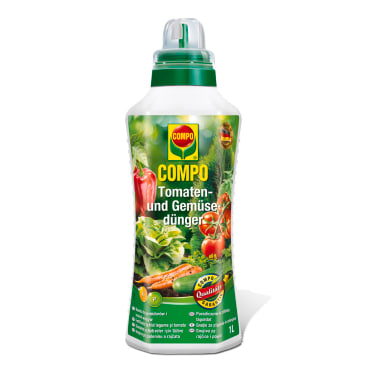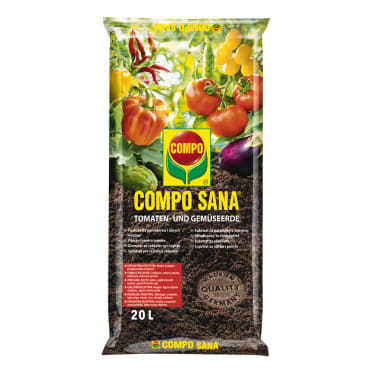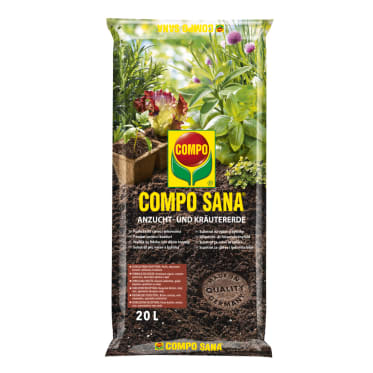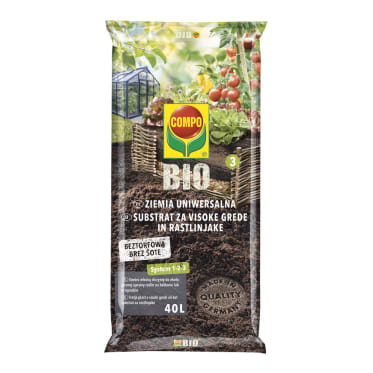Frequent search terms
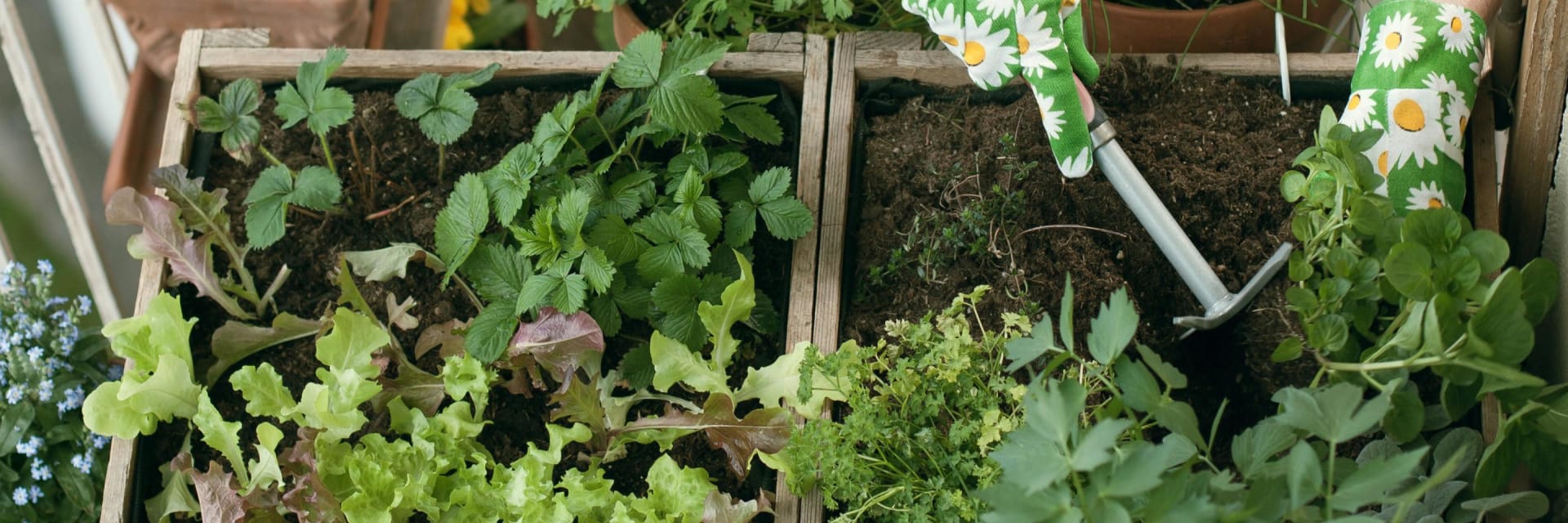
- COMPO
- Guide
- Plant Care
- Herbs, fruits and vegetables
- What you should keep in mind when growing fruit and vegetables on your balcony
What you should keep in mind when growing fruit and vegetables on your balcony
Are you one of those people who prefers to buy regional products and likes to know where food comes from? Self-sufficiency with your own fruit and vegetable patch – this is often a pipe dream for those who don't have their own garden. But it doesn't have to be: There are some varieties which thrive in plant pots and grow aromatic fruits. We reveal how you can turn your balcony into a fruit and vegetable paradise. Enjoy trying it out and feasting on the fruits of your labour!
Nurturing and caring: The foundation for a rich harvest
The foundations for optimal development of fruit and vegetable plants are a large enough tub or balcony box and a nutrient-rich potting soil. Our substrates are specially tailored to the needs of the plants and many of them are suitable for ecological farming. Some vegetable varieties have a high nutrient uptake and have very strict nutrient requirements. So, you should supply your fruits and vegetables with additional nutrients in the form of fertilisers.
Basic rule
The following basic rule applies to growing fruits and vegetables on your balcony: The brighter and sunnier the location, the more abundant the development and yield of the plants.

Which vegetables can be grown on your balcony?
Tomatoes
Tomatoes are among the most popular varieties and are essential in every potted garden. The tasty fruits of the small cocktail tomato are eaten by children and adults alike directly from the bush because of their natural sweetness. Even larger salad and beef tomatoes can find enough space in the tub on your balcony or terrace. The following applies to all tomato plants: They need plenty of sun, a spot protected from the rain and thorough watering. You should never water above the leaves but rather always above the ground to prevent fungal diseases such as leaf and late blight.
Cucumbers, peppers and courgettes
These three vegetables are among the varieties that need warmth. They should be planted outside after mid-May to prevent frost damage. They need plenty of sun so that the fruits become ripe and develop a full flavour. While pepper plants take up little space, cucumbers and courgettes – both low-lying bushes – need quite a lot. Don't put more than one plant in a tub. You can harvest the fruits of your labour from July onwards.
Lettuces
Luckily, there are some vegetable varieties that cope with semi-shaded spots. Lettuces like the sun, but they predominantly thrive in late summer with moderate sunshine, including on east- or west-facing balconies. The important thing is that the soil is evenly moist. Water evenly from below – and not just on the heads! As salad only remains ripe for a short period, you should only plant as much salad as you consume during this period. It can be harvested between May and October.
Green beans, radishes and chard
Green beans, radishes and chard also do well in semi-shaded spots. Green beans need little water and should only be watered when dry. Unlike radishes and chard, they need a soil that is consistently moist. Water the pot regularly, but avoid waterlogging.
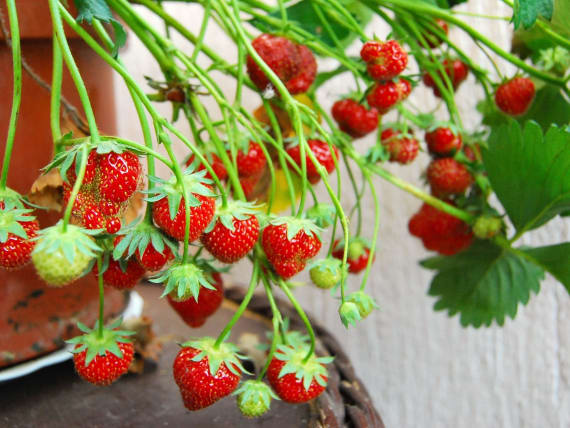
Which fruits can be grown on your balcony?
Berries
Growing berries on your balcony is essential for those with a sweet tooth. Strawberries are particularly popular. Not only are they really tasty, they are also rich in vitamins and low in calories. Positioned in a sunny spot, continuously blooming and fruit-growing varieties supply us with sweet fruits until the end of September. Strawberries should not be planted too deep in order to prevent common grey mould. It is important that the fruits don't touch the ground and that there is a distance of 30 to 40 centimetres between the plants. If at all possible, fruits should quickly be collected from the moist soil. Raspberries or blueberries are also suitable for those with a large balcony.
Columnar fruit trees
Unlike their relatives in the garden, columnar fruit trees grow very slowly and are not so wide, but the small trees bear a lot of fruit. Thanks to their height of up to 2.5 metres, columnar fruit tress make very good privacy screens. Plant apple, plum, cherry, pear and the like in heavy tubs – this prevents them from tipping over in strong wind.

Which herbs can be grown on your balcony?
Herbs are multi-talented! With their intense aromas, they provide a range of flavours in cooking and in the form of warming teas or aromatic bath products that enhance well-being. As herbs can cope with little space, a small pot is adequate for meeting your needs. But beware: As not all herbs get along, it is better to grow each plant separately. Most herbs love the sun. But there are a few varieties that do well in semi-shaded spots. These include parsley, chervil, mint and chives – you should treat them to an extra dose of nutrients after every harvest. Places that are shaded all day long are not so suitable for your herb garden at home.
More on the topic of growing vegetables and herbs
These products are suitable for your vegetable garden







